Endpaper from Through the Dark Continent, or the sources of the Nile around the great lakes of Equatorial Africa and down the Livingstone River to the Atlantic Ocean by Henry M. Stanley (Harper & Brothers, 1878). The two volume book detailed Stanley’s first trans-African exploration of the continent completed in 1877, six years after his famous discovery of missionary David Livingstone.
Endpapers, also known as endsheets, are double-size sheets folded in half which are found in the front and back of a book. One half of the sheet, pasted against an inside cover, is known as the pastedown. The other half of the sheet serves as the first free page, and is known as the flyleaf. The endpaper shown here is an example of paper marbling, a method of aqueous surface design, which can produce patterns similar to marble or other stones.
To produce the marbling, a shallow tray is filled with water or other solution known as a size, to which various inks or paints are applied to the surface with a brush. The floating colors can be manipulated to form intricate designs by blowing on them, fanning, or using a human hair to stir the colors.

